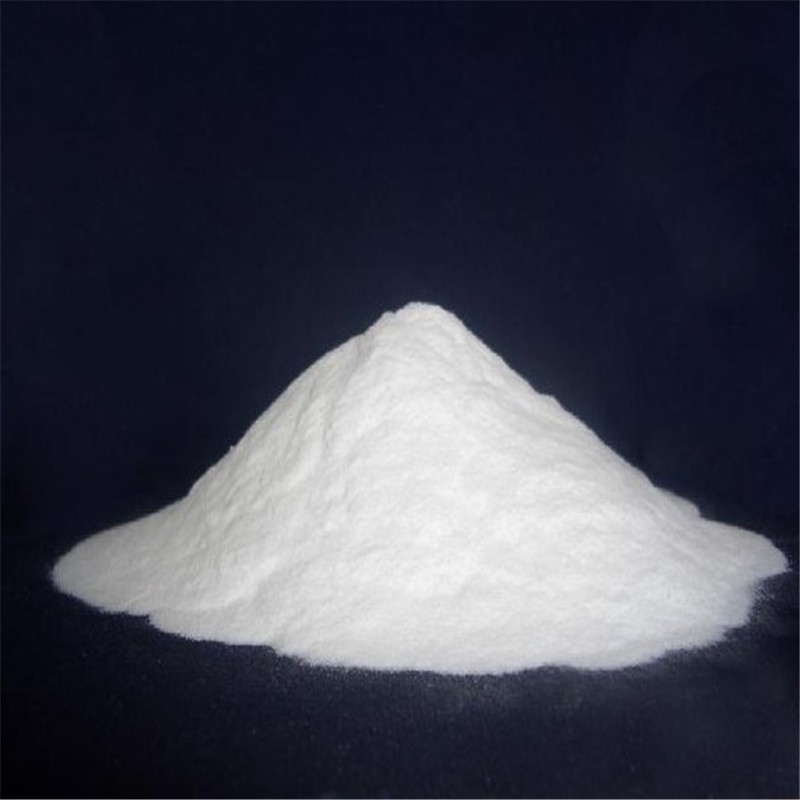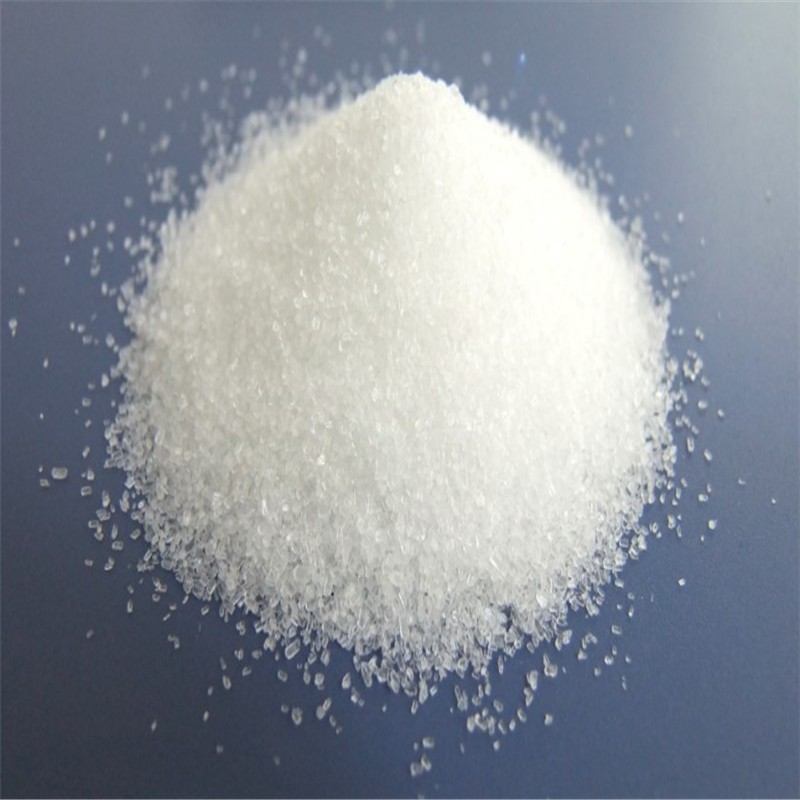Water absorbent resin is a widely used functional polymer material at this stage. How to reduce the pollution caused by its water absorption and expansion to the ecological environment has become one of the hot spots of scholars at home and abroad. In order to provide reference for related research, this paper introduces several modification methods to improve the degradability of absorbent polymer.
When there are no heteroatoms in the main chain structure of polymer C-C, the polymer has high degradation resistance; Bailey WJ et al. Simulated the copolymerization of vinyl ketal diethanol and acrylic acid to produce a polyacrylate that can be used as a detergent additive. In the synthesis process, vinyl ketal diethanol introduces ester bonds after rearrangement reaction, which can destroy the polymer skeleton through hydrolysis reaction, so as to accelerate the degradation of water absorbent resin.

Most natural polymers are biodegradable materials, which can provide high concentrations of active microorganisms and a suitable environment. Therefore, natural polymers, acrylic acid and its salts can be used as raw materials to make degradable absorbent polymers. Chemelir et al. Grafted natural polysaccharides (such as cellulose) or polyvinyl alcohol to produce water absorbent resin. In the late stage of the reaction, add polysaccharide compounds to the gel, and the bond between polysaccharide and polyelectrolyte can be reinforced by adding free radical initiator, so as to obtain a resin with good water absorption, degradation and other properties.
Natural high molecular protein can be hydrolyzed by endonuclease, exonuclease and other enzymes through hydrolysis reaction. Most of these processes have unique matrix specificity, and the enzyme matrix produced by microorganisms is more unique. And in the process of cross-linking and in-situ graft polymerization, the stripping starch grafted acrylamide superabsorbent material can be prepared without using nitrogen.
Most microorganisms have the ability to degrade organisms. Through microbial research, researchers have obtained biological super absorbent degradable materials with water absorption and water retention functions, and studied their own water retention. Compared with other water absorbent materials, its water absorption is poor. Therefore, the super absorbent biodegradable material obtained by using microorganisms has little water absorption. If this is further improved and optimized, it may become a potential development direction of water absorbent resin.

Realizing the recycling of water absorbent resin, reducing the damage to the ecological environment, and realizing the interdependence between polymers and the environment are the great challenges facing the development of polymer materials at present. The degradability of absorbent polymer can be improved according to the different requirements of their respective application fields, so as to achieve the maximum utilization of the combination of polymer and environment.
Comment(1)
You can comment after
SIGN IN